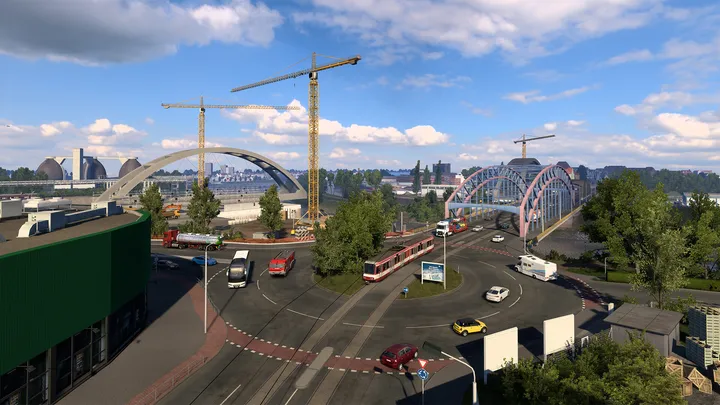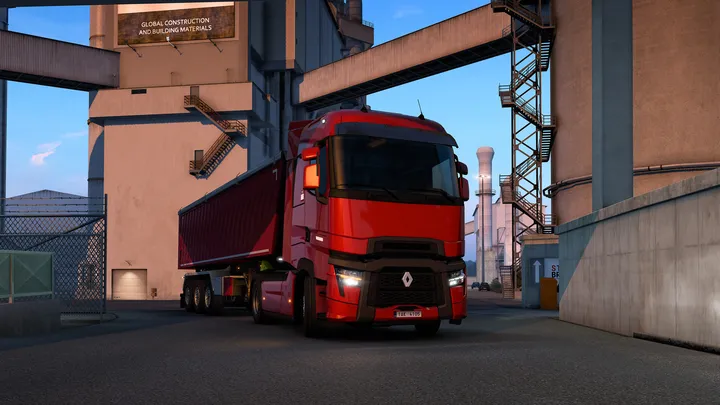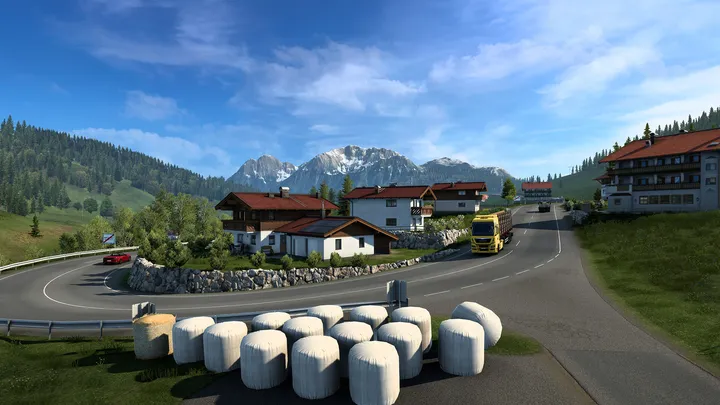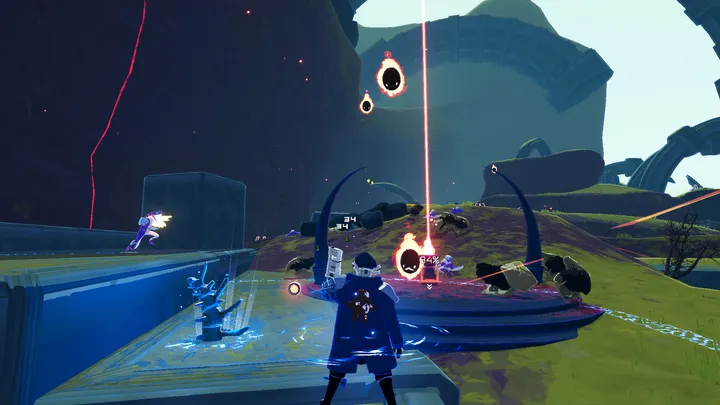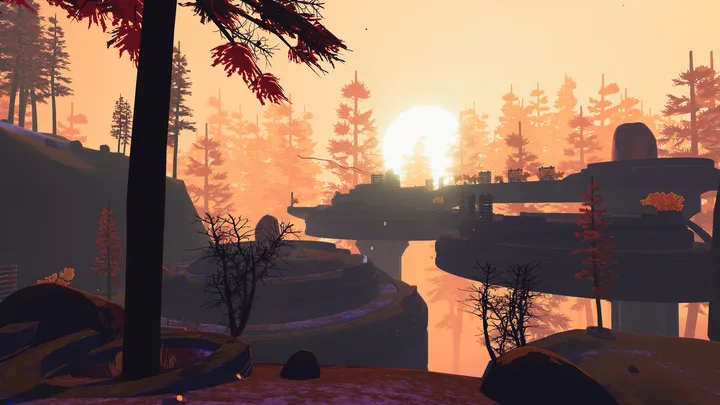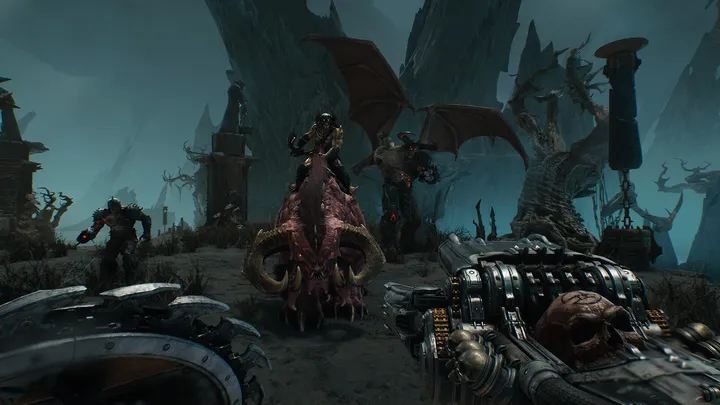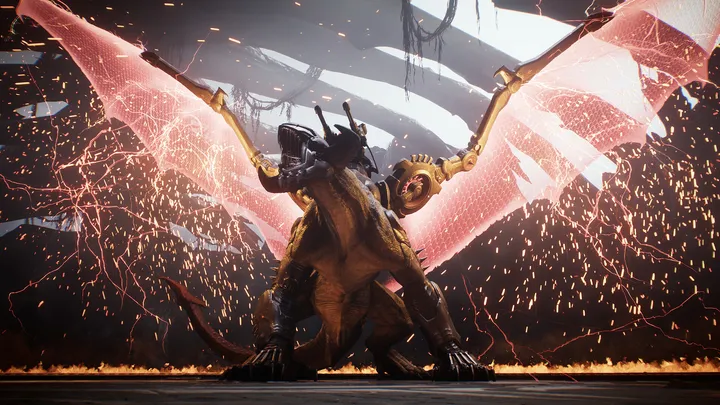Risk of Rain 2 is celebrated for its fast-paced roguelike action, but beyond the frantic combat and item stacking lies a deeper question: how players adapt to exponentially scaling difficulty while maintaining strategic decision-making under pressure. Unlike traditional shooters, the game doesn’t just challenge aim and reflexes — it tests resource management, risk assessment, and cooperative synergy. This article explores that central issue, examining how Risk of Rain 2’s design philosophy forces players to master chaos.
The beginning of the hunt
At the start of each run, players are relatively weak, equipped with basic attacks and minimal health. Early encounters are manageable, encouraging exploration and item collection. The tension arises not from initial difficulty but from the game’s scaling mechanic: the longer a run lasts, the stronger enemies become, the more dangerous bosses appear, and the more aggressive AI patterns evolve.
This creates a constant pressure to balance exploration with progression. Players must decide whether to linger in search of items or push forward to face escalating threats. Each decision carries weight, influencing both survival probability and overall run success.
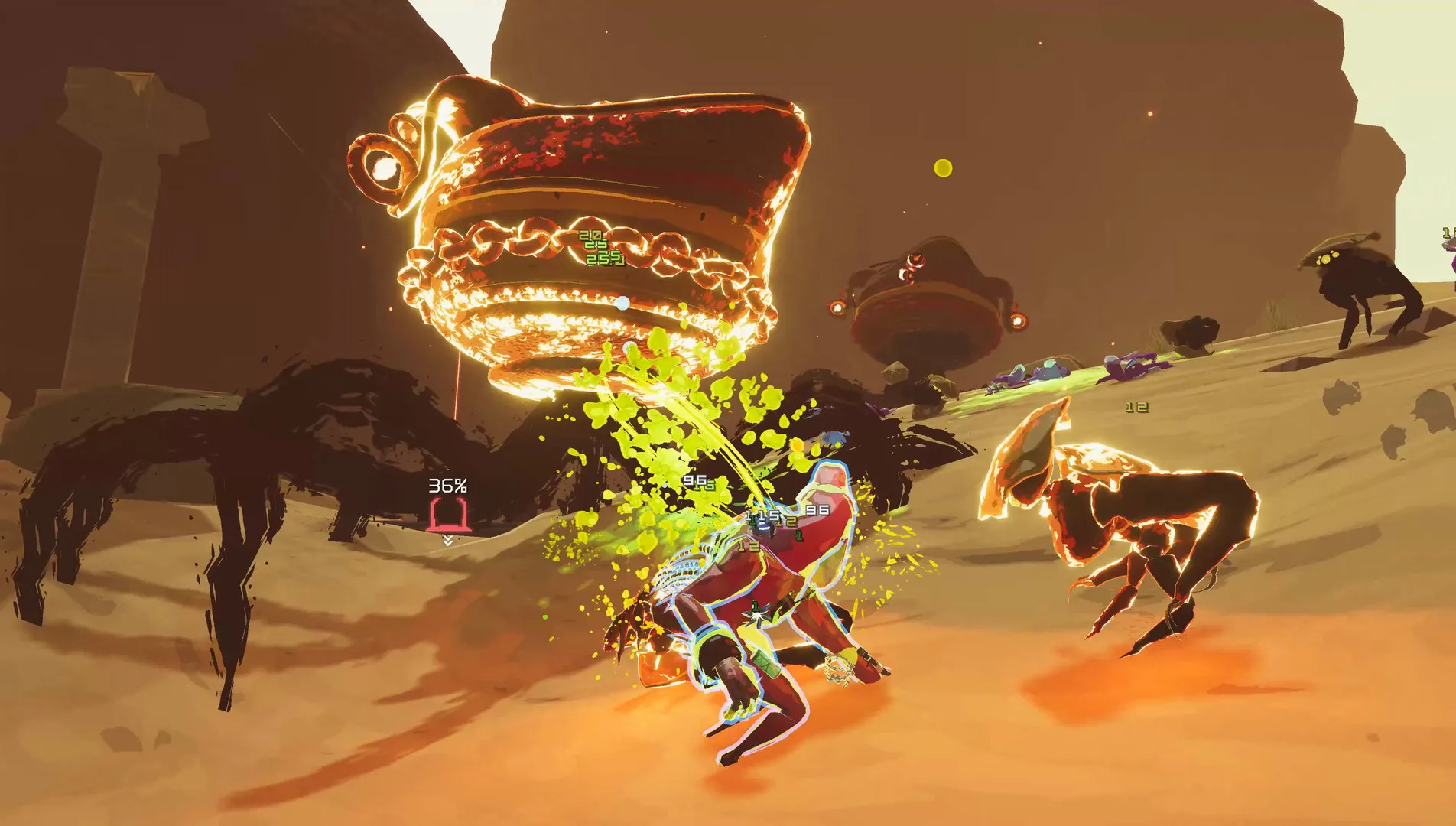
The scaling mechanic and time pressure
A core innovation in Risk of Rain 2 is its exponential scaling system. Unlike static difficulty modes, enemy health, damage, and spawn rates increase continuously over time. The longer a player lingers in one stage, the more punishing the environment becomes.
Gameplay implications
This system fundamentally alters player behavior. Unlike linear shooters, where timing and level familiarity dominate, here time itself is an adversary. Every second spent collecting loot is a calculated risk. The game encourages aggressive pacing while forcing adaptation to an ever-changing battlefield.
Character diversity and role specialization
Each survivor in Risk of Rain 2 offers a distinct playstyle, from the agile Huntress to the tanky Loader. Success depends on understanding the synergy between character abilities, items, and stage layouts. The game encourages experimentation, but the scaling difficulty punishes miscalculations.
Players must decide which items to prioritize: survivability boosts, offensive enhancements, or mobility improvements. Each choice shapes their capacity to handle increasingly challenging enemies. Team composition in multiplayer adds another layer of strategy, as balanced roles become essential for long-term survival.
Itemization strategy and synergy
Items in Risk of Rain 2 are not merely power-ups — they are strategic tools that interact in complex ways. Combining offensive items like Crowbars with defensive items like Tougher Times can drastically alter a run’s outcome. Certain legendary items synergize in ways that change combat dynamics entirely, rewarding players who understand their mechanics deeply.
Decision-making under uncertainty
Randomized drops mean players rarely have perfect builds. Success depends on adapting strategy to available resources, emphasizing skillful improvisation over rote execution.

Environmental hazards and stage design
Stages in Risk of Rain 2 are procedurally generated, creating unpredictable terrain and enemy placement. Environmental hazards such as cliffs, lava pits, and high vantage points demand careful navigation. Players cannot rely solely on attack power; movement, positioning, and timing become crucial.
Combat integration
These design choices reinforce the central challenge: combat is inseparable from environment. Knowledge of enemy patterns, combined with situational awareness, is required to survive longer runs, especially as scaling intensity increases.
Boss encounters and multi-layered threats
Boss fights in Risk of Rain 2 are punishing tests of strategy and adaptability. Each boss introduces unique mechanics, environmental interactions, and minion waves. Scaling ensures that even familiar bosses remain threatening, demanding mastery of both character abilities and item synergies.
Multiplayer coordination
Teams must distribute roles effectively, manage crowd control, and communicate item priorities. Solo runs test a player’s ability to adapt in real-time without support, highlighting the game’s design depth.
Time pressure vs. exploration: risk-reward dynamics
The game’s central tension arises from the trade-off between exploration and survival. Spending time to gather items can significantly boost chances against bosses, but delays make enemies stronger. Players constantly weigh immediate safety against potential long-term gain.
Emergent strategies
Some runs focus on rushing through stages to limit scaling, while others prioritize careful accumulation of power before tackling harder enemies. Both approaches are valid, emphasizing the player’s agency and decision-making skill.
Cooperative dynamics and team adaptation
In multiplayer, coordination is key. Players must consider not only their own builds but also how to complement teammates. Supportive abilities, crowd control, and area damage must be distributed effectively to manage scaling threats.
Skill and strategy
Communication and planning are crucial. Teams that fail to adapt to the game’s scaling difficulty experience rapid attrition. Successful runs depend on synergy and real-time tactical adjustments, reinforcing the game’s emphasis on skillful adaptation rather than raw power.
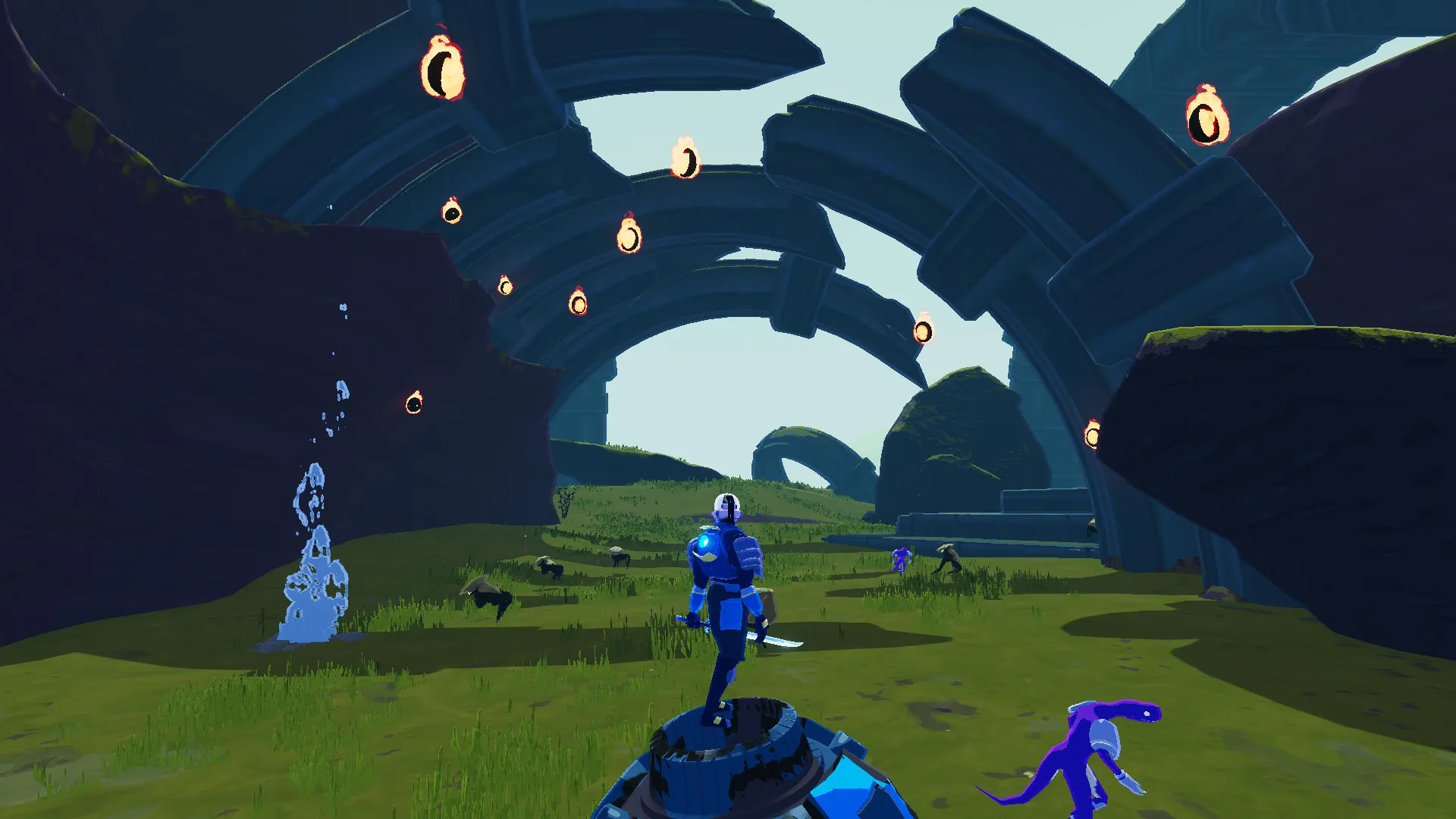
The evolution of meta and community influence
Since launch, Risk of Rain 2’s community has influenced strategy and meta through discussions on optimal item combinations, character builds, and stage navigation. Speedrunners and high-level players explore advanced techniques to manipulate scaling and maximize efficiency.
Community learning
This highlights an essential design principle: the game encourages both individual mastery and communal learning, allowing the meta to evolve organically while preserving the challenge for new and returning players alike.
Conclusion
Risk of Rain 2 transcends typical roguelikes by making scaling difficulty and strategic adaptation central to the experience. The interplay of time pressure, character diversity, itemization, and environmental awareness creates a dynamic, skill-intensive system. Survival depends on decision-making, resource management, and cooperative synergy rather than brute force alone. By forcing players to confront exponentially increasing threats while maximizing their resources, the game delivers an endlessly engaging challenge that tests both reflexes and strategic thinking.









